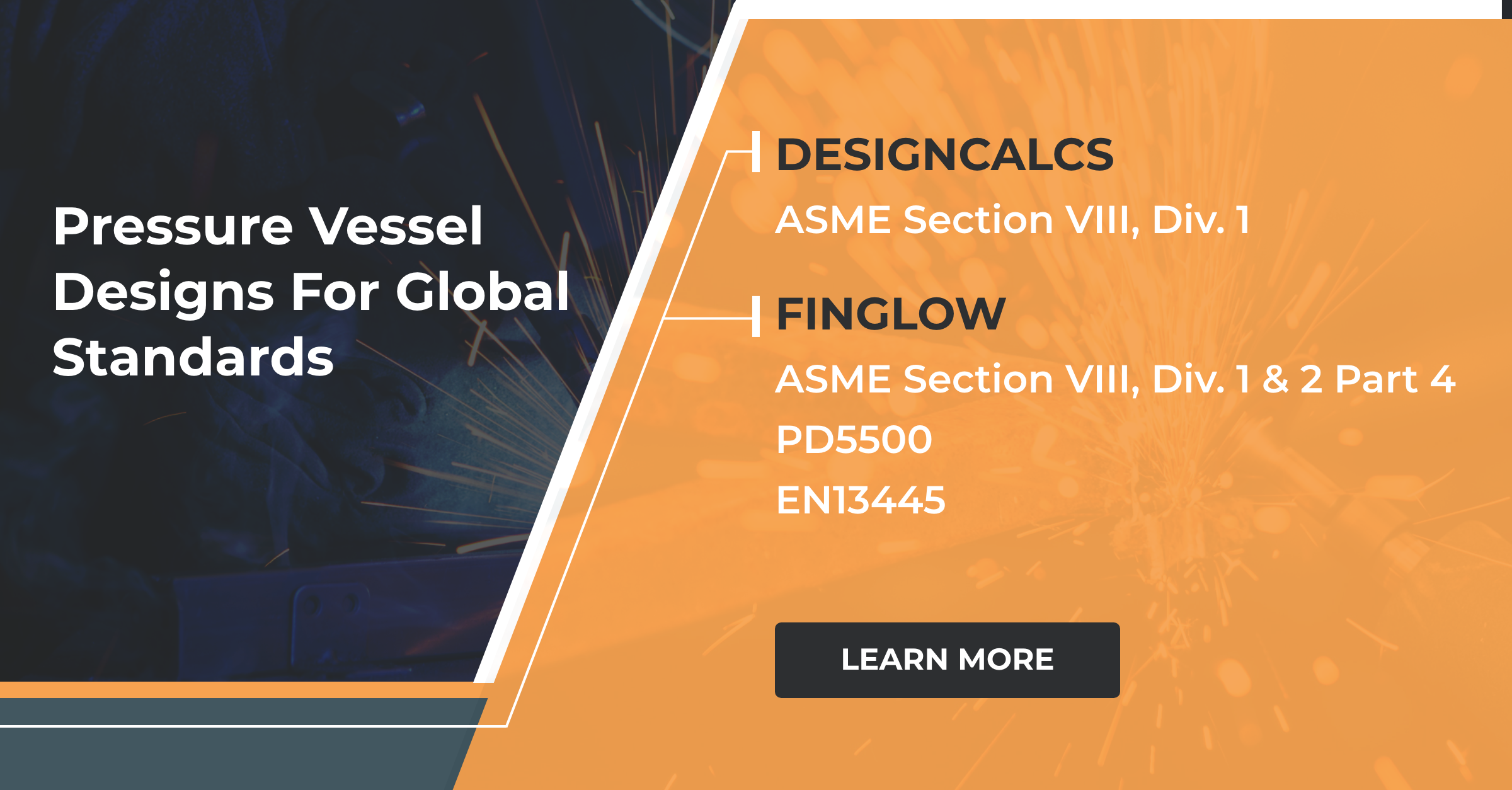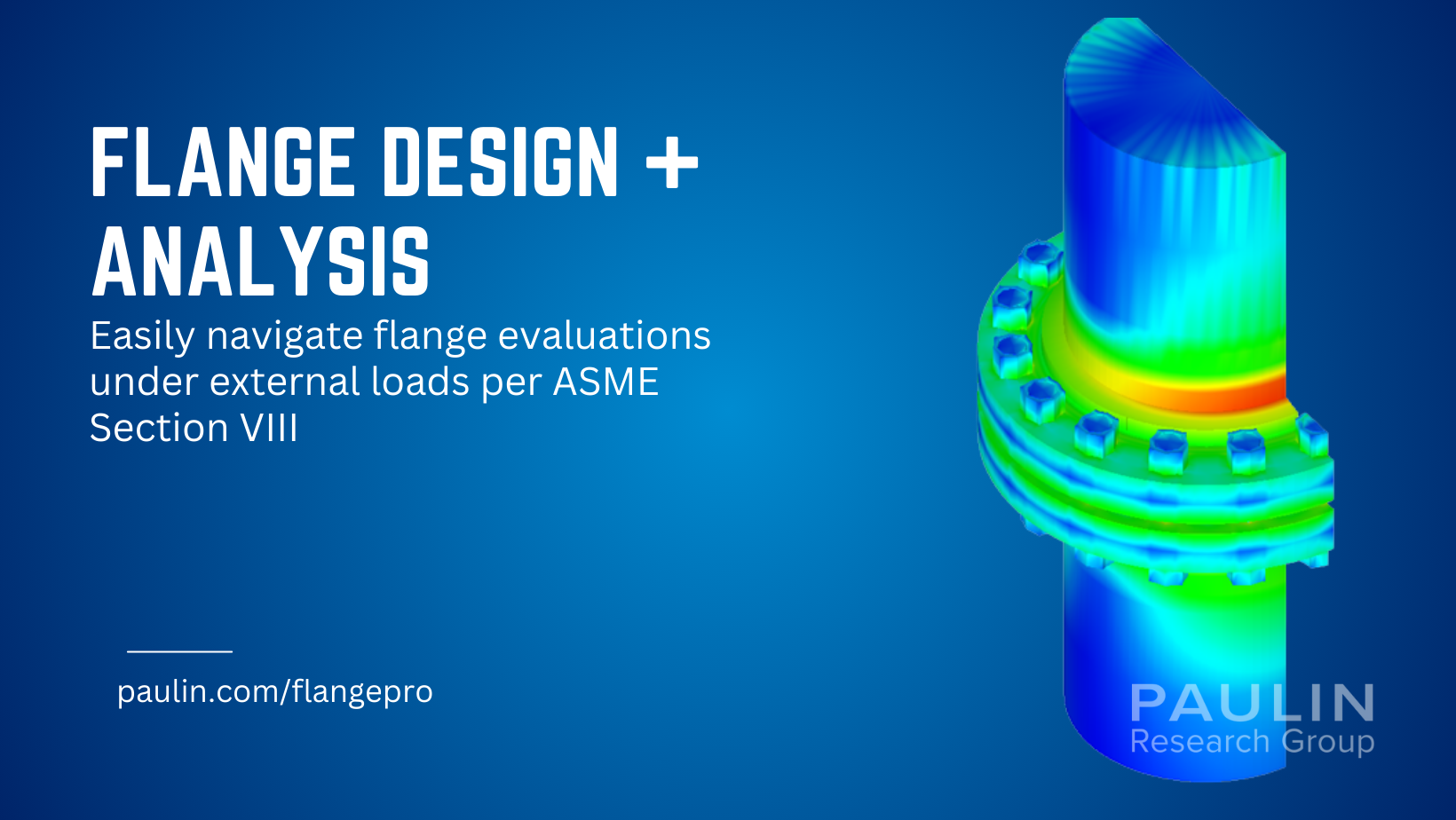The 2024–2025 Code Changes Webinar, presented by CEI, Paulin Research Group, and Finglow, provided a deep dive into the latest code revisions across ASME Section VIII, Section IX, the B31 piping codes, and AWS D1.1. Below are the major takeaways for professionals implementing these changes in their designs and projects.
Access the full webinar playback below.
ASME Section VIII, Divisions 1 and 2
Responsibility Changes (Appendix 47)
- Removal of “responsible charge” language.
- Designers must now meet manufacturer-defined minimum requirements under the quality control system.
- Qualifications are less prescriptive, shifting responsibility to manufacturers.
Division 1/Division 2 Alignment
-
Expanded “common rules” effort directs more design methods (flanges, bellows, jackets, etc.) to Division 2 calculations.
-
Expect more cross-referencing and a stronger need to be proficient with Division 2 methods.
Paragraph Updates & Rewrites
-
Simplified, clarified language across UG and UHA sections.
-
Subsection D introduced, consolidating vessel/component-specific requirements.
UW-20 Updates
-
Interface pressure equations now reference ambient yield strengths.
-
New variables added to reflect this change in the method calculations.
Materials (Section II, Part D)
-
Broad updates to stress, yield, and ultimate strength tables.
-
New alloys added.
-
Revisions affect UCS-23, UHA-23, and UNF-23.3.
Division 2 Part 4 Design Rules
-
Conservative shifts in external pressure and conical shell calculations (always using large-end diameter).
-
Flange updates: new welded slip-on type, revised stress factor equations, and streamlined facing options.
-
Errata corrected in heat exchanger and nozzle reinforcement equations.
ASME B31.1 and B31.3 Piping Codes
Fatigue & Stress Range Updates
-
B31.3 now adopts a steeper fatigue slope (–0.333 vs. –0.2 in B31.1).
-
Expect eventual alignment, but currently differences remain between codes.
-
Expansion vs. occasional load criteria clarified—particularly for seismic design cycles.
Pressure & Stress Intensification
-
Ongoing effort to refine how pressure stresses are considered in branch connections.
-
Finite element analysis increasingly recommended to validate SIF relationships.
Flange Evaluation
-
B31.3 now recognizes higher-than-allowable initial bolt-up stresses.
-
Draft B31E provides more explicit treatment of flange leakage vs. collapse criteria.
Large Displacement & Nonlinear Effects
-
Recognition of ratcheting, creep damage, and buckling in Section VIII Div. 2 calculations begins to influence B31 practices.
-
Users encouraged to adopt screening plus advanced analyses where needed.
ASME Section IX
Key Changes
-
Recognition of ratcheting, creep damage, and buckling in Section VIII Div. 2 calculations begins to influence B31 practices.
-
P-Number updates: P-No. 49 removed; P-No. 81 added.
-
Brazing P-Numbers expanded with clearer qualification ranges.
-
QW-403.16 & QW-403.32 updated for clarity on tube diameter and wall thickness variables.
-
New variable QW-410.92 addresses bead width and heat input for wide-weave welds.
AWS D1.1 (2025)
Prequalified WPS Updates
-
Former Table 5.1 split into four process-specific tables (SMAW, SAW, GMAW, FCAW/GMAW cored).
-
New minimum amperage limits established for GMAW based on wire diameter.
-
FCAW/GMAW cored electrode diameter rules now depend on base metal thickness and position.
Other Key Changes
-
Clause 6: Preheat and interpass temperature requirements must now be listed on WPS.
-
Clause 7: Expanded fabrication rules for preheat, interpass, and PWHT.
-
Clause 8: NDT requirements aligned with ASNT; improved discontinuity criteria.
-
Clause 9: Introduction of Type D studs for structural applications.
What This Means for PVP Engineers?
-
Be prepared to cross-reference Division 2 much more often—Division 1 is increasingly streamlined to inspection/material rules, while design methods shift to Division 2.
-
Review and update documentation carefully—paragraph renumbering and rewritten requirements will affect standard references in design procedures.
-
Expect more conservative calculations—especially for external pressure, conical shells, and flanges.
-
Training and software updates are essential—DesignCalcs, ProWrite, Finglow, and Paulin Research Group’s suite of tools are being updated to reflect these code changes, and engineers should validate workflows accordingly.

Next Steps
If you’d like guidance on how these changes affect your projects, we recommend scheduling a demo or consultation with our experts. Our team can walk you through how the updated codes are reflected in our software tools and how to adapt your workflows effectively.
Be sure to follow CEI and Paulin Research Group on LinkedIn, where we regularly share engineering insights, code interpretations, and announcements on all 2024 and 2025 software releases related to these changes.



Leave a Comment